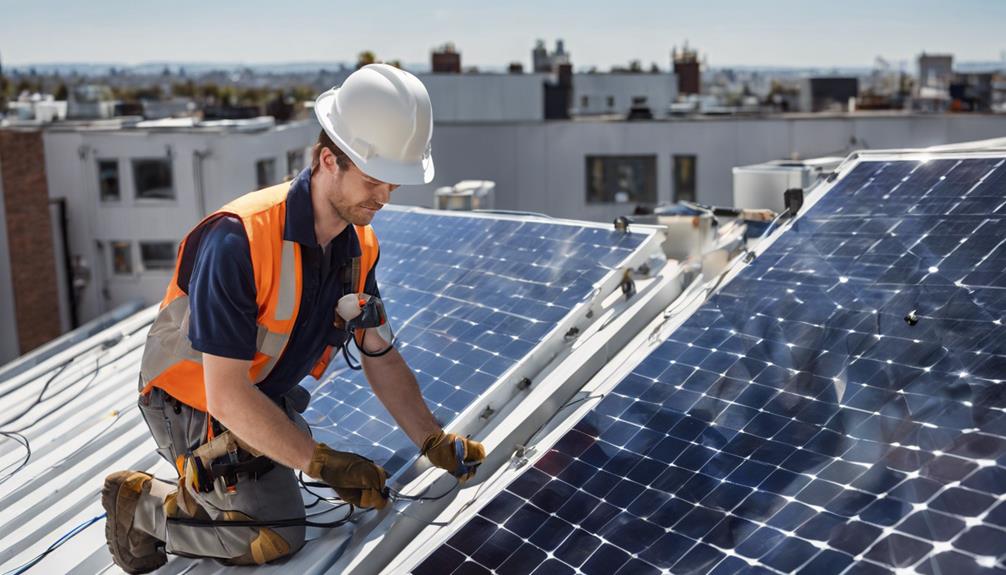
In recent years, the demand for sustainable energy solutions has skyrocketed, leading to increased interest in USB solar panels. These innovative devices harness the sun’s energy to power various electronic devices, making them a convenient and eco-friendly choice for outdoor enthusiasts, travelers, and anyone looking to reduce their carbon footprint. In this comprehensive guide, we’ll explore everything you need to know about USB solar panels, their benefits, applications, and tips for choosing the right one for your needs.
The Basics of USB Solar Panels
USB solar panels are compact solar energy systems that convert sunlight into electricity, which can then be used to charge devices with USB ports. They typically consist of photovoltaic (PV) cells that absorb sunlight and convert it into direct current (DC) electricity. This electricity can be stored in a power bank or used immediately to charge devices such as smartphones, tablets, and portable speakers. The convenience of USB solar panels makes them an ideal choice for camping trips, hiking, or any outdoor activities where conventional power sources are unavailable.
Benefits of Using USB Solar Panels
One of the most significant advantages of USB solar panels is their environmental impact. By utilizing solar energy, users significantly reduce their reliance on fossil fuels, contributing to a lower carbon footprint. Moreover, USB solar panels are cost-effective in the long run. While the initial investment may be higher than traditional chargers, the savings on electricity bills and the ability to charge devices for free in sunny conditions make them a wise choice. Additionally, USB solar panels are portable, lightweight, and easy to use, making them perfect for travelers and outdoor adventurers.
How to Choose the Right USB Solar Panel
Choosing the right USB solar panel can be overwhelming given the variety of options available. When selecting a USB solar panel, consider factors such as wattage, size, weight, and efficiency. For instance, a higher wattage panel will charge devices faster, while larger panels may take up more space and be heavier to carry. Look for models with multiple USB ports for charging multiple devices simultaneously. It’s also essential to check the panel’s efficiency rating, which indicates how well it converts sunlight into usable energy. Reading customer reviews and researching brands can also help you make an informed decision.
Common Uses for USB Solar Panels
USB solar panels have a wide range of applications, making them versatile tools for various users. For outdoor enthusiasts, they provide a reliable power source for charging devices like GPS units, cameras, and smartphones while camping or hiking. Travelers can benefit from USB solar panels by keeping their devices charged during long trips or in remote locations. Additionally, these solar panels can be used in emergency situations to ensure communication devices remain powered when traditional power sources are unavailable. Homeowners can also utilize USB solar panels to charge small devices in their gardens or yards, taking advantage of sunny days.
Setting Up Your USB Solar Panel
Setting up a USB solar panel is a straightforward process that typically requires minimal tools. Most solar panels come with user-friendly instructions, making installation easy even for beginners. To set up your USB solar panel, find a location with direct sunlight and an unobstructed view of the sky. Ensure the solar panel is angled correctly to maximize sunlight exposure. Connect your device to the USB port and monitor the charging status. Many panels come equipped with LED indicators that show when the device is charging. Regular maintenance involves keeping the panel clean and free of debris to ensure optimal performance.
Combining USB Solar Panels with Power Banks
For enhanced functionality, many users combine USB solar panels with portable power banks. This combination allows for charging devices even when sunlight is not available, such as during the night or on cloudy days. Power banks can store the energy generated by the solar panel, providing a backup power source whenever needed. When selecting a power bank, consider its capacity and the number of devices you plan to charge. Look for power banks with pass-through charging capabilities, allowing you to charge the bank while it simultaneously charges your devices.
Safety Tips for Using USB Solar Panels
While USB solar panels are generally safe to use, taking certain precautions can enhance your experience and safeguard your devices. Always follow the manufacturer’s guidelines for setup and usage. Avoid overcharging devices, as this can lead to overheating and potential damage. If using a power bank, ensure it has built-in protection features, such as overcharge and short-circuit protection. Additionally, keep your solar panel away from extreme weather conditions, as heavy rain or strong winds can affect its performance and longevity.
The Future of USB Solar Panels
As technology continues to evolve, so does the potential for USB solar panels. Innovations in solar cell technology promise to improve efficiency, reduce costs, and increase the versatility of these devices. Future developments may lead to even smaller and more powerful panels, making them more accessible for everyday use. Additionally, as the world increasingly embraces renewable energy, USB solar panels stand to become more integrated into our daily lives. From powering smart devices to contributing to smart home solutions, the future of USB solar panels looks bright and promising.
In conclusion, USB solar panels offer a sustainable, cost-effective, and convenient solution for powering your devices. By understanding their benefits, applications, and how to choose the right one, you can take full advantage of solar energy in your daily life. Whether you are an outdoor enthusiast, a frequent traveler, or someone simply looking to reduce your carbon footprint, USB solar panels provide a reliable energy source that taps into the limitless power of the sun. Embrace the solar revolution today and make a positive impact on the environment while staying connected with your devices!





